10 Best Adventures of 1982
By:
December 16, 2017
Thirty-five years ago, the following 10 adventures — selected from my Best Seventies (1974–1983) Adventure list — were first serialized or published in book form. They’re my favorite adventures published that year.
Please let me know if I’ve missed any 1982 adventures that you particularly admire. Enjoy!
- Jaime Hernandez‘s “Las Locas” stories in Love and Rockets (serialized 1982–1996). Maggie (Perla Luisa) Chascarillo is a Mexican-American “prosolar mechanic,” specializing in robot and rocketship repair. In the early days of Jaime Hernandez’s contributions to the pioneering alternative comic Love and Rockets, which he created with his brothers Gilbert and Mario, Maggie stumbled her way through a variety of amusing pulp sci-fi adventures supported by a large cast of colorful characters. These include mechanic Rand Race; bombshell Beatríz “Penny Century” García; Mexican women’s wrestling champions Rena Titañon and Vicki Glori; horned billionaire H.R. Costigan; and most vitally, Hopey (Esperanza Leticia) Glass, punk bassist, idler, and Maggie’s on-again, off-again best friend and lover. In “Mechan-X,” the first Maggie and Hopey story, a villain forces Maggie to activate robots that attack Race; in “Mechanics,” Maggie and Race are sent to fix a downed ship in a jungle country where dinosaurs still live. Wrestling, punk rock, sex and romance, superheroes, family… there will never again be anything like this epic comic. Fun facts: Jaime Hernandez and his brothers were inspired by their mother, a life-long fan of Jack Kirby and Steve Ditko’s comics; Jaime’s style was also influenced by Archie Comics. The 2007 “Las Locas” collection Maggie the Mechanic, published by Fantagraphics, is a fine place to get started.
- John Wagner, Alan Grant, and Carlos Ezquerra’s Judge Dredd adventure “The Apocalypse War” (serialized 1/2/82 to 6/26/82). In 1977, writer John Wagner and artist Carlos Ezquerra created Judge Dredd — a violent sci-fi comic strip spoofing American action movies (military, cop, western, vigilante) of the Seventies — for British readers of the weekly magazine 2000 AD. In the 22nd century, the titular judge-jury-and-executioner character and his colleagues police Mega-City One, which is subdivided into gigantic towers known as City Blocks stretching from Boston to Key West. In “The Apocalypse War,” which follows a story in which Mega-City One undergoes a Block War engineered by East Meg One, a Soviet citystate, the Russkies invade the vulnerable Mega-City One. Hundreds of millions of Mega-City One citizens are killed, and ninety percent of the city is captured — while Dredd tries to organize a guerrilla resistance movement. Failing that, he must consider the option of completely obliterating East Meg One… Fun fact: Via his excellent Dredd Reckoning blog, Douglas Wolk notes just how dark the humor of this storyline is: “It’s a story about genocide with comedy relief interludes — the Walter-and-Maria slapstick routines, the Country Joe-type folksinger getting splattered by a missile.”
- Daniel Pinkwater’s YA sci-fi adventure The Snarkout Boys and the Avocado of Death. Walter Galt and Winston Bongo, bored 15-year-olds, sneak out at night to watch B movies at a seedy downtown theater. There they meet Rat, a fellow 15-year-old moviegoer, who introduces them to her uncle, the avocado-loving Flipping Hades Terwilliger, through whom they end up tangling with a criminal mastermind and a professional wrestler called The Mighty Gorilla. The sci-fi elements of this and other Pinkwater stories (1979’s Alan Mendelsohn, the Boy from Mars is my favorite) are fun, but intentionally silly and exaggerated. I enjoy the snarky take on B movies, and everything, but breaking free of the gravitational pull of your suburban home and stultifying school, Pinkwater would have readers understand, exploring an un-gentrified urban neighborhood (the crackpot bookstore, the all-night diner, the junkyard), making mistakes, realizing that it’s OK to be eccentric — these are the essentials of a true adventure. Fun facts: The Snarkout Boys and the Baconburg Horror (1984), is a sequel of sorts.
- Alan Moore’s dystopian graphic novel V for Vendetta (serialized 1982–1989). Illustrated by David Lloyd. In the near future, following a nuclear war, the United Kingdom has become a fascist state run by the Norsefire Party. V, a flamboyant anarchist terrorist and vigilante whose face is never seen — he wears a Guy Fawkes mask — begins a campaign to bring down the government (and all governments); it’s like Nineteen Eighty-Four with a happy ending. V, we discover over the course of the graphic novel, was imprisoned in a Norsefire concentration camp and experimented upon… which led him to develop superhuman strength, reflexes, and endurance. He blows up the Old Bailey and the CCTY surveillance buildings, kidnaps the propaganda minister, and murders a bishop — what will his final act be? He’s pursued by Eric Finch, the secretly decent head of Norsefire’s police. The Robin to V’s Batman is Evey, a young woman whom he saves from a rapist and grooms as his successor — through very dubious methods. Fun facts: Mostly published in black and white, in the British comics magazine Warrior; when the magazine folded, DC Comics reprinted and completed the story in color. In one of HILOBROW’s most frequently viewed posts, Molly Sauter traces the adoption of the Guy Fawkes mask by Anonymous, following the marketing blitz for the (lame) 2006 film adaptation of the comic.
- Ellis Peters’s Brother Cadfael historical whodunit The Virgin in the Ice. The sixth installment in the 20-part Brother Cadfael series, which is set between about 1135 and about 1145, during the destructive contest for the crown of England between King Stephen and Empress Maud, is considered one of the best ones. It finds Cadfael (pronounced Cad-file) looking to solve the rape and murder of a beautiful young nun. Was she done in by the band of marauders roaming the countryside? Meanwhile, a sister and brother of noble birth are lost in the frozen woods, and one of Empress Maud’s followers is seeking them — at his own peril, since Shrewsbury is loyal to King Stephen. Cadfael, a former Crusader turned healer and holy man, assists his close friend, the sheriff Hugh Beringar, in a counter-attack against the marauders, helps rescue one of the children, and nurses an insane monk… who may be the nun’s killer. Fun facts: “Ellis Peters” was the pen name of linguist-scholar Edith Pargeter. I am indebted to my brother-in-law, Lawry Hutcheson, for encouraging me to read this fun series.
- Robert Heinlein‘s sci-fi adventure Friday. Heinlein fans were relieved to see the master return — after a seven-year hiatus and the worst book of his career, 1980’s The Number of the Beast — to kiss-kiss bang-bang form. This is a fun spy novel, featuring a kick-ass combat courier, Friday Jones, who struggles to conceal her status as an “artificial person” genetically engineered to be stronger, faster, and smarter than the rest of us — because of prejudice and opprobrium. Heinlein was fond of reimagining what “family” could mean, and Friday’s group family, composed of several husbands and wives and many children, is a semi-intriguing idea. At the same time, critics are absolutely correct to point out that Heinlein is at his sex-positive skeeviest here… and that there really isn’t anything resembling a plot. What makes this novel worth mentioning in the context of New Wave sci-fi, I think, is the ingenious means by which Friday’s agency activates her highly advanced abductive reasoning ability — that is to say, her capacity for making imaginative excogitations of hypotheses on the unknown causes of resulting facts. (For example, Friday accurately predicts the second coming of the Black Plague.) I’ve emulated these methods — archive binges, asking myself questions while in a hypnogogic state — in my own commercial semiotics practice. Fun facts: Science fiction author Jo Walton has called Friday “the worst book I love.” I think that’s more or less how I feel about it, too. Though I love even worse books.
- Richard Condon’s sardonic crime adventure Prizzi’s Honor. Late in his career, the author of the apophenic political thrillers The Manchurian Candidate (1959) and Winter Kills (1974) returned with this noir comedy about a family of New York gangsters. At a Prizzi wedding, Charley Partanna, one of the Don’s lieutenants (an enforcer, kidnapper, and killer), is smitten with Irene Walker, a tax consultant. When the Don sends him to knock off a Las Vegas gangster who has embezzled a large amount of money from the family, Charley is flabbergasted to discover that he’s Irene’s husband. What’s worse, he suspects that Irene may have had something to do with the theft; his sense of honor demands that he knock her off, too. What’s the right thing to do? Meanwhile, the Don’s son hires an assassin to knock off Charley, because of a personal vendetta… Fun fact: Adapted as a 1985 movie by John Huston, starring Jack Nicholson and Kathleen Turner, with the director’s daughter Anjelica Huston in an Academy Award-winning performance. There are three other Prizzi Family books, none as good as this.
- Robin McKinley’s YA fantasy adventure The Blue Sword. A young woman — Angharad Crewe, or “Harry” — is sent to live with her brother in a remote military outpost (of the empire called Homeland), in a region known by the native hill-folk as Damar. Corlath, handsome young king of the hill-folk, warns the Outlanders that the demonic tribes to the North (hello, Game of Thrones) have gathered under the leadership of Thurra, a powerful wizard, and will soon invade; his counsel is ignored. Corlath and Harry share an inherited magical trait, known as “kelar” — and under its compulsion, he abducts Harry and carries back to his kingdom… because he believes that she will be able to help defend Damar against the coming invasion. Harry adopts the customary dress and horse-riding skills of a born Damarian, and proves herself as a warrior (hello again, Game of Thrones); the king gives her a blue sword that belonged to a legendary woman warrior known as the Dragon Slayer. Can Harry put together a fighting force composed of Damarians and Homelanders and save the day? Fun facts: One of two novels set in the imaginary land of Damar, the other being a prequel, The Hero and the Crown (1984). The Blue Sword won the 1983 Newbery Honor. I’m grateful to HILOBROW friend Anindita Basu Sempere for telling me about this book!
- L. Ron Hubbard’s sci-fi epic Battlefield Earth. By the year 3000, Earth’s few surviving humans have been reduced to a state of savagery by their alien overlords, the Psychlos. (Cf. Edgar Rice Burroughs’s “The Moon Men.”) Jonnie Goodboy Tyler, the protagonist of this epic pot-boiler by the founder of Scientology, is captured in the ruins of Denver by a Psychlo who intends to use Jonnie and a Scottish tribe to mine a lode of gold in the Rockies. Jonnie and his new friends develop dirty bombs — which they use not only to free Earth from Psychlo control, but to bring destruction to the Psychos’ home planet. There’s an enormous amount of back story, as well as legalistic wrangling with other galactic species once the revolution has been won. We also may or may not find veiled references to the author’s theory that psychiatrists are evil. Fun facts: Adapted in 2000 as a terrible movie starring and co-produced by John Travolta. In 2007, Republican presidential candidate Mitt Romney was ridiculed for naming Battlefield Earth as his favorite novel. With some reservations, I offered a defense of Romney’s taste in sci-fi lit. (Thanks, I guess, to my cousin Martin for giving me this book when I was 14.)
- Joseph Hone’s Peter Marlow adventure The Valley of the Fox. A Household-esque hunted-man thriller in which ex-British Intelligence agent Peter Marlow must go to ground in the north Cotswolds. His new wife, Clare, who was formerly married to a famous paleontologist, has just been murdered — by British Intelligence? — and Marlow is the chief suspect. He hides out in a forest at the edge of an all-but-deserted country manor owned by an American tycoon… where he encounters Alice, the tycoon’s wife, who’s looking for an adventure. Alice helps Marlow spring Clare’s teenage daughter, who may or may not be autistic, from a hospital — and they nurse her back to health. Which is when an African hit-man shows up. It seems that Clare’s late husband may have inadvertantly set this plot in motion… but how? It’s up to Marlow to investigate, and try to set things right before anyone else is killed. PS: If there’s a hot-air balloon on the cover of this novel, it’s there for a perfectly good reason. Fun fact: This is the fourth Peter Marlow adventure, following: The Private Sector (1971), The Sixth Directorate (1975), and The Flowers of the Forest (1980; also published as The Oxford Gambit).
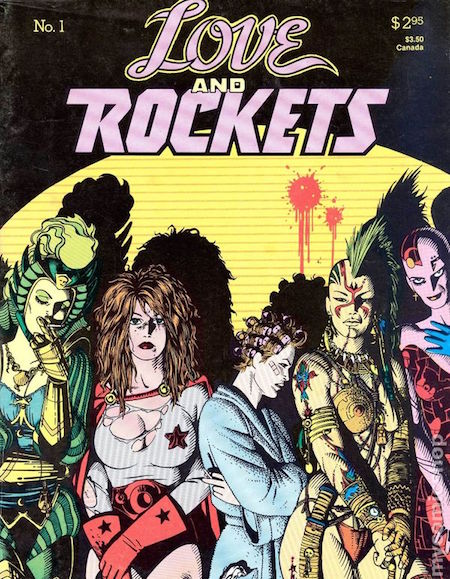
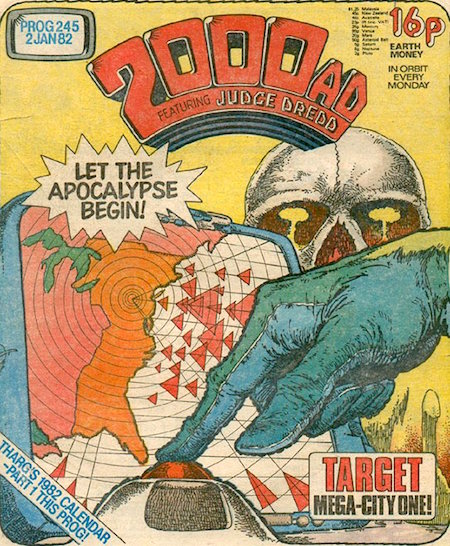
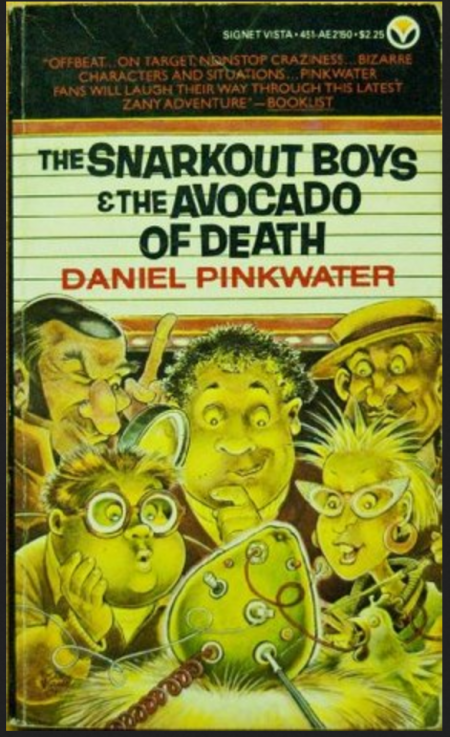
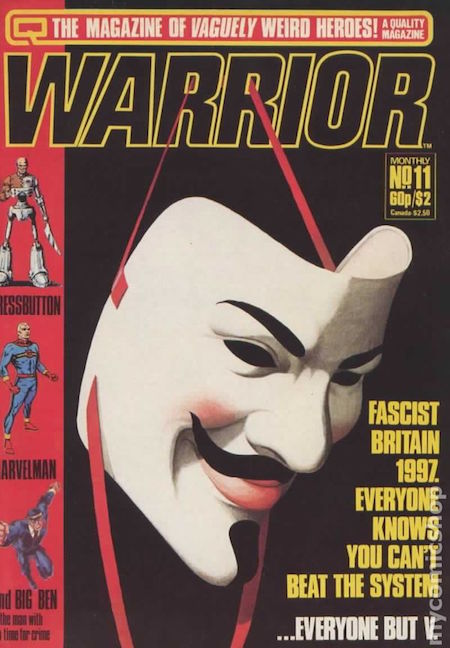
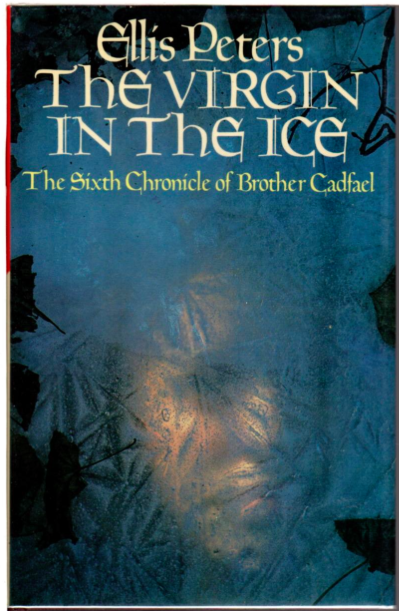

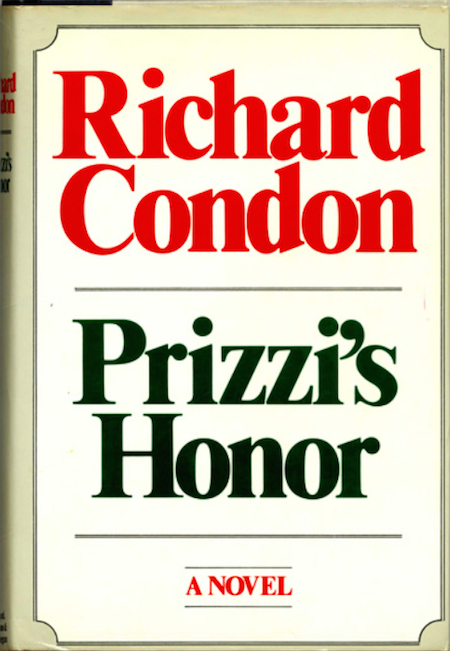
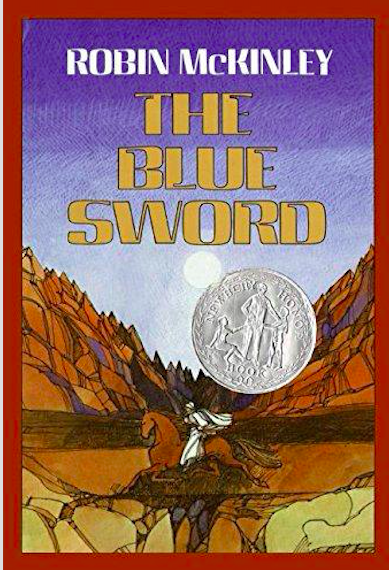
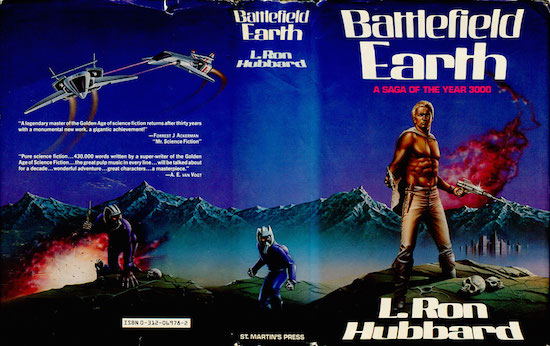

JOSH GLENN’S *BEST ADVENTURES* LISTS: BEST 250 ADVENTURES OF THE 20TH CENTURY | 100 BEST OUGHTS ADVENTURES | 100 BEST RADIUM AGE (PROTO-)SCI-FI ADVENTURES | 100 BEST TEENS ADVENTURES | 100 BEST TWENTIES ADVENTURES | 100 BEST THIRTIES ADVENTURES | 75 BEST GOLDEN AGE SCI-FI ADVENTURES | 100 BEST FORTIES ADVENTURES | 100 BEST FIFTIES ADVENTURES | 100 BEST SIXTIES ADVENTURES | 75 BEST NEW WAVE SCI FI ADVENTURES | 100 BEST SEVENTIES ADVENTURES | 100 BEST EIGHTIES ADVENTURES | 75 BEST DIAMOND AGE SCI-FI ADVENTURES | 100 BEST NINETIES ADVENTURES (in progress) | 1994 | 1995 | 1996 | 1997 | 1998 | 1999 | 2000 | 2001 | 2002 | 2003 | NOTES ON 21st-CENTURY ADVENTURES.
